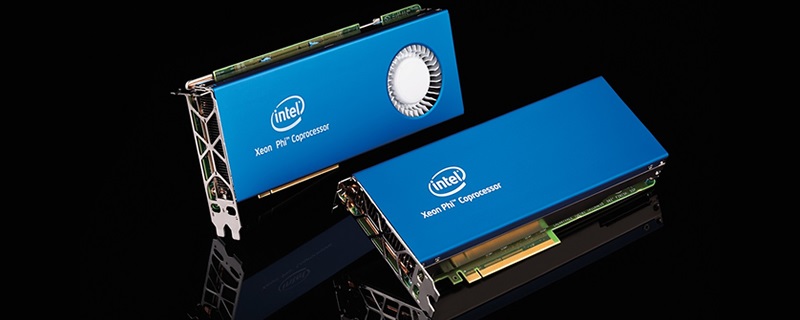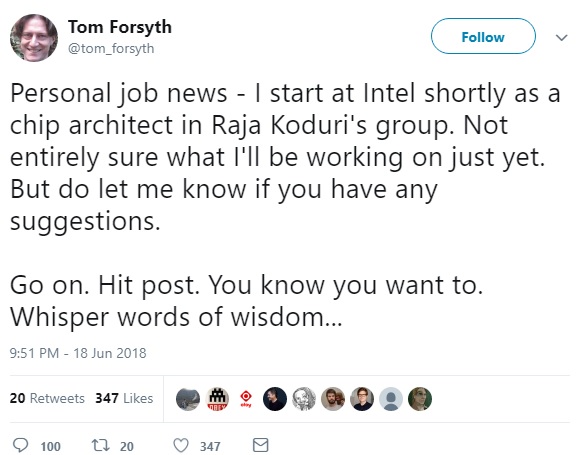Tom Forsyth, Larrabee architect, returns to Intel
Tom Forsyth, Larrabee architect, returns to Intel
Tom Forsyth, one of the head architects behind Intel’s Larrabee architecture, is returning to Intel to work on an unknown project. In a recent tweet, the chip designer stated that we would be working under Raja Koduri in his recently formed Core and Visual Computing Division. Â
Over the past decade, Tom Forsyth has worked for Intel, Valve and Oculus, giving him a lot of expertise when it comes to chip design and the hardware that surrounds it. This experience should help bolster Intel’s future efforts when it comes to chip development, with Forsyth taking a role as a “chip architect”. Â
 Â
While it is easy to poke fun at Intel’s Larabee project, it was the precursor to what would become Xeon Phi, making the architecture far from useless. Remember that Larrabee came from a time where Intel was not interested in creating graphics technology, focusing Intel’s chip designs exclusively on compute and compute-focused graphics workloads. Larrabee was never intended to be a gaming-oriented product.Â
Back in 2016, Tom Forsyth released a post on his tech blog explaining Intel’s Larrabee architecture and why it didn’t fail, which is an interesting read if you are interested in Intel’s previous graphics efforts. Â
 Â
You can join the discussion on Tom Forsyth’s return to Intel on the OC3D Forums.Â




